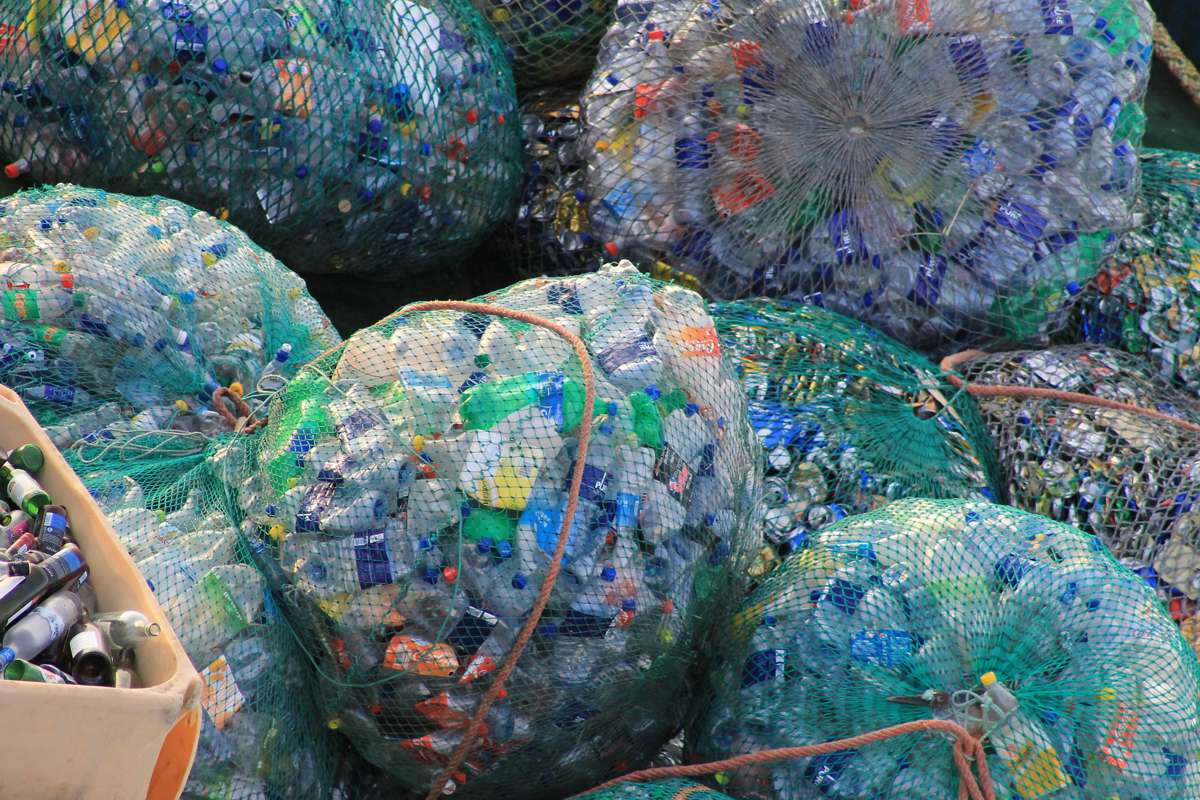Korea University explores converting Plastic Waste into Porous Carbon to Capture CO2
Plastic waste can be upcycled into novel materials for capturing CO2 gas, but most demonstrations have only been done in laboratories.
In a recent study, scientists demonstrated an environmentally and economically feasible approach to converting discarded PET plastic into porous carbon for CO2 capture process at the industrial scale. Their findings pave the way for sustainable plastic waste upcycling alongside climate change mitigation.
Besides climate change, which is mostly the result of our carbon dioxide (CO2) emissions, plastic pollution stands as one of the most critical environmental concerns of this decade. The sheer quantity of discarded and misplaced plastic is dealing irreparable damage to Earth’s ecosystems, affecting our crops and contaminating our water supplies. If we are to transition into truly sustainable societies, we need to find efficient ways to repurpose discarded plastics. But, what if we could fight fire with fire or, in this case, carbon with carbon?
In the rapidly developing field of carbon capture technologies, plastic waste-derived porous materials that can adsorb CO2 from flue gas are considered an attractive option to simultaneously reduce plastic pollution and CO2 emissions. Whereas most known materials for CO2 capture are costly to use and produce, inexpensive porous carbon can be synthesized from polyethylene terephthalate (PET) plastic bottles, a major source of plastic pollution all over the world. Many routes and techniques of synthesis have been demonstrated at a lab-scale on this front. But it is not yet clear how well these approaches could be upscaled for industrial-scale applications when considering environmental benefits and economic feasibility.
Against this backdrop, an international team of researchers led by Prof. Yong Sik Ok and Dr. Xiangzhou Yuan of Korea University sought to determine if PET-derived porous carbon can truly be feasible in sustainable large-scale CCS systems from practical, environmental, and economic standpoints. “The primary steps in establishing an emerging technology involve the synthesis and simulation of its processes outside the laboratory in order to justify its improved sustainability and cost-effectiveness over more established techniques,” explains Dr. Yuan.
In their paper published in Green Chemistry, which was featured in the front cover of the journal, the team went after three main objectives: evaluating the performance of different PET-derived porous carbon materials at the lab-scale, determining if such materials could be useful in economically sustainable industrial-scale processes, and quantifying the environmental impact of each approach. This work was done in collaboration with researchers from other institutions, including Prof. Hankwon Lim of Ulsan National Institute of Science and Technology, Korea, and Prof. Shauhrat S. Chopra from the City University of Hong Kong, China.

The team first gathered discarded PET bottles and processed them in different ways to synthesize three types of porous carbon materials. Through lab-scale experiments, they analysed the morphology, composition, and performance of these three materials to gather useful information for subsequent industrial-scale numerical simulations. For these simulations, the team modelled the entire process, from the grinding and transportation of PET bottles and the synthesis of porous carbon to the clean flue gas output, including secondary systems to produce electricity using waste heat. Finally, they compared the environmental impact and economic viability of the synthesis pathways of the three PET-derived porous carbon materials to estimate the extent of climate change mitigation and revenue production (from selling the material and the electricity generated) from each material.
Based on the overall results, the verdict is that CO2 capture systems using PET-derived porous carbon can realize plastic and carbon closed loops in industrial-scale applications. Such multi-purpose systems could become a feasible alternative to both conventional CO2 capture and plastic waste management technologies, and the findings of this study could help guide the decision-making process of early adopters and policymakers alike.
Most importantly, the proposed synthesis routes have great potential to meet the sustainable development goals (SDGs) put forth by the United Nations. “The upcycling of plastic waste-derived porous carbon for CO2 capture is a promising approach to meet multiple SDGs, since it can mitigate climate change and plastic pollution simultaneously, and facilitate sustainable recycling of discarded PET plastic bottles in urban areas,” speculates Prof. Ok.
Let’s hope further research efforts will bring us closer to sustainable societies that can put even waste to good use!




















